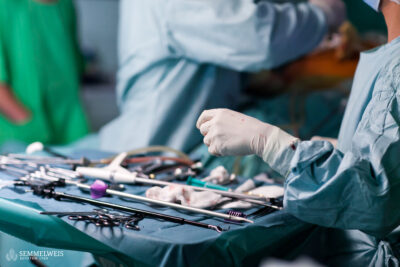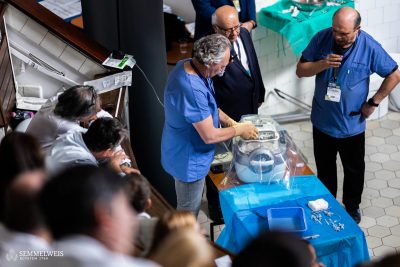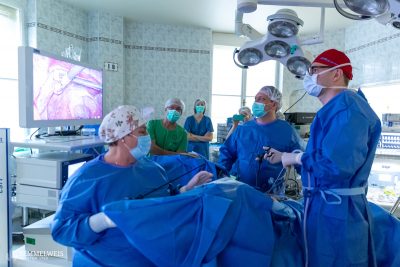A 3-year-old girl was added to the emergency transplant list for liver failure of unknown origin and was treated at Semmelweis University Pediatric Center. It is rare for such a small child to have a donor organ of the right size, and the child’s serious condition required urgent intervention.
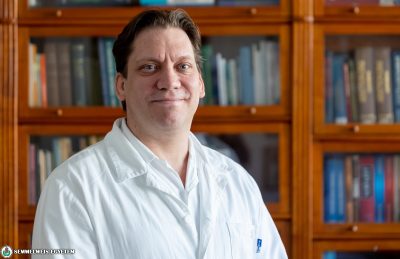 Due to this reason, it is particularly gratifying that a Hungarian donor organ has just arrived through Eurotransplant’s organ allocation system, which, when divided into two, proved to be suitable for transplanting the smaller part into the sick child, while the larger part could go to a 35-year-old man suffering from liver cancer,” said Dr. László Piros.
Due to this reason, it is particularly gratifying that a Hungarian donor organ has just arrived through Eurotransplant’s organ allocation system, which, when divided into two, proved to be suitable for transplanting the smaller part into the sick child, while the larger part could go to a 35-year-old man suffering from liver cancer,” said Dr. László Piros.
The Associate Professor at the Department of Surgery, Transplantation and Gastroenterology (STéG) said:
the peculiarity of the operation lies in the fact that the organ was divided into a smaller and a larger piece – in medical jargon, two grafts – at the same place where the transplantation was carried out.
Like all transplants, this one required a particularly organized team effort as well. The team from the Department of Surgery, Transplantation and Gastroenterology at Semmelweis travelled to the countryside to collect the donor organ, and the liver was removed under the direction of Dr. Mátyás Hamar.
Through the Eurotransplant network, the organ reached STéG via the Organ Coordination Office of the National Blood Transfusion Service, where a donor organ saved two lives thanks to the dedicated work of a team of transplant surgeons, anaesthetists, operating theatre nurses, anaesthetist assistants, operating theatre assistants and nurses, among others.
The division of the liver vessels and tissues, along with the operation of the child was performed by Dr. Tamás Benkő, Associate Professor, Dr. Balázs Rózsa, medical specialist, Dr. László Piros and his team, followed by the operation of the young adult in the adjacent operating room under the guidance of Dr. László Piros with the assistance of Dr. Gergely Huszty, Assistant Professor, and several specialists. During the operations, the anaesthesiology team was led by chief physician Dr. Balázs Füle.
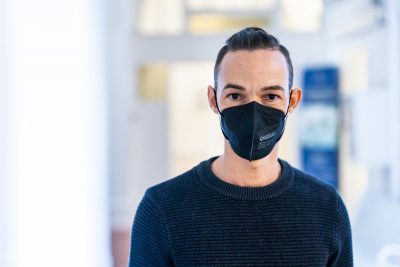
The young man was admitted to the ward shortly after the operation, and was discharged after a two-week recovery. The little girl was transferred to the Pediatric Center for further observation and will soon be discharged to her home, said Dr. Antal Dezsőfi-Gottl, Associate Professor, the child’s attending physician.
Another similar liver transplant was carried out at Semmelweis University on 3 January, when an organ saved two lives: a 20-month-old boy with a blocked hepatic vein and an adult man infected with the hepatitis B virus. The operations went well; the man is currently being treated at STéG, and the child at the Pediatric Center.
Orsolya Dávid
Translation: Viktória Kiss
Photo: Bálint Barta, Attila Kovács – Semmelweis University
